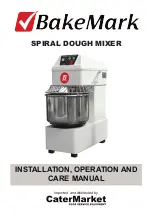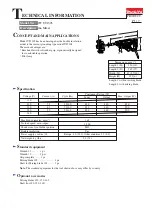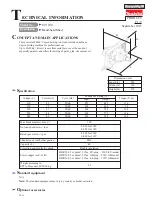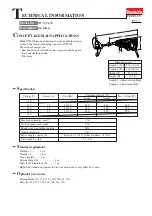
What Is a Bus?
If you’re new to mixing, you may be wondering what a bus is. In every
mixer, busses provide a way to get signals from one place to another.
A bus is simply a pathway down which one or more signals travel to a
destination. This destination can be somewhere inside the console or
outside of it.
In the old days, a bus might actually be a literal wire in the mixer—when
you sent a signal down a bus, you’d feed it into the wire. When you
wanted to send two signals down the bus, you’d feed them both into the
wire, and they’d both travel together to, for example, an external effect
processor.
The great thing about busses is that they let you send a group of
signals together to some single place that they all need to go.
Traditional Busses
In a traditional mixer, there are different types of busses...sort of...even
though they’re all basically the same. Busses that carry signals to the
tracks of a multitrack recorder are called “recording busses.” Busses that
carry signals into the main mix are “mix busses.”
Typically, you’d send a signal to one of these busses by pressing a
simple on/off button that would route the signal to the bus. You might
also have a panning control that would allow you to send the desired
amount of signal to an odd-even pair of busses simultaneously, or to the
left and right sides of the stereo main mix.
The busses that carry signals to effect processors are called “effect
busses,” or “Aux busses.” “Aux” is short for “Auxiliary,” since these
busses can be used for a variety of purposes, even if they are most
frequently used as effect busses. Aux busses tend to have expanded
capabilities, since they can be used for different purposes. They have
more than simple on/off switches: they have level controls that let you
control how much of each signal is to go down the bus. As a result, Aux
busses are actually more powerful than recording busses, since they
provide a greater degree of control.
Introducing the Flex Bus
The VM-7000 introduces a powerful new type of general-purpose bus
called the “Flex Bus.” There are 12 Flex Busses in your VM system, and
they provide all the bussing power you could need.
Since you can control the amount of signal sent to each Flex Bus, and
since Flex Busses can be linked in stereo, you can use Flex Busses for
sending signals to:
•
tracks on a multitrack recorder.
•
internal effects.
•
output jacks connected to external effects.
•
monitor feeds for studio or stage performers.
•
a surround amplification system.
•
anywhere else you want your signal to go. You can even send a Flex
Bus’s signals into another Flex Bus to send the signals to multiple
destinations simultaneously.
We’ll be discussing how to use Flex Busses later on.
©
2000 Roland Corporation U.S.
Getting Started with the VM-7000
2796US, v1.0
Page 6
®ÂØÒňÎ
Application Guide
Getting Started with the VM-7000
VIII.
A New Kind of Bussing
Destination
Signals
Bus







































